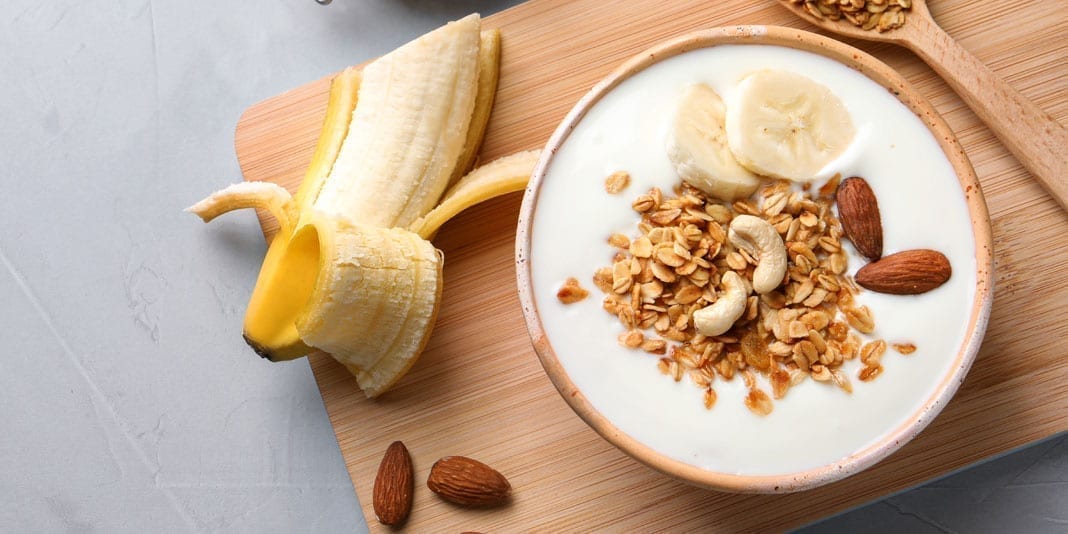Over the past decade or so, Greek yogurt has taken grocery stores by storm. Where you once saw countless ads for new ‘whipped’ yogurt or ‘light’ yogurt, companies started pushing Greek. It was seen as healthier, and for a good reason.
If you compare one cup of Greek yogurt to one cup of regular yogurt, the difference is clear. Greek yogurt is higher in calories but lower in sugar, lower in fat and higher in protein, almost three times more protein. This means that while there are a few more calories in Greek yogurt, it is a more fulfilling and healthy snack. Not only for snacking, but Greek yogurt also makes an excellent substitute for sour cream and mayonnaise in most recipes.
But what’s beyond Greek? If you’ve been paying attention, you’ll have noticed some other interesting products popping up in the dairy section, vying for your attention.
Yogurt
Before we get into different variations, what is yogurt anyway? Have you ever really thought about it?
Yogurt is made when bacteria (good bacteria, the stuff found in probiotics that nourish the flora in your gut to keep you healthy) converts lactose (the sugar found in milk) to lactic acid. This thickens the milk and makes it tangy. You can do this at home relatively quickly by heating milk to a specific temperature, adding a bacterial culture, and letting it do its work. You can buy a home yogurt maker, or use the yogurt function on something like an Instant Pot.
Regular yogurt is smooth, relatively thin, and creamy.
Greek Yogurt
In short, Greek yogurt is regular yogurt that has been strained to make it thicker. When yogurt is strained, the whey (liquid) is removed, and the yogurt is left behind. It is higher in protein because that is left behind in the yogurt, while carbohydrates are mostly removed in the whey.
Australian Yogurt
This yogurt from the land down under is more similar to regular yogurt than most of the others, being unstrained. While regular yogurt can be made from any variety of milk, from skim to whole, Australian is almost exclusively made with whole milk for a more creamy texture. It is also often infused with honey for flavor, to remove some of the tanginess.
French Yogurt
Not as widespread as the others, French yogurt is also unstrained. What sets it apart and makes it “French” is the production method. Instead of being made in large batches, it is both produced and sold in individual portions.
Icelandic Yogurt
Called skyr, yogurt from Iceland is similar to Greek yogurt but even thicker. While Greek yogurt uses approximately three cups of milk to make one cup of yogurt, skyr uses four. This results in more grams of protein than Greek yogurt.
Quark
Quark is one of the newest entries to the dairy aisle. It’s sold with the yogurt, but actually isn’t yogurt; it’s technically cheese, somewhat of a mixture of yogurt and cottage cheese. It has been popular in Europe for a while and is finally making its way to the United States. The name quark is derived from old German and Eastern European languages. It is made by curdling soured milk and then straining it like yogurt. Some bacteria are involved in the production as well. In use, it is like yogurt, as it can be eaten plain, sweetened with fruit, or used in recipes.




































